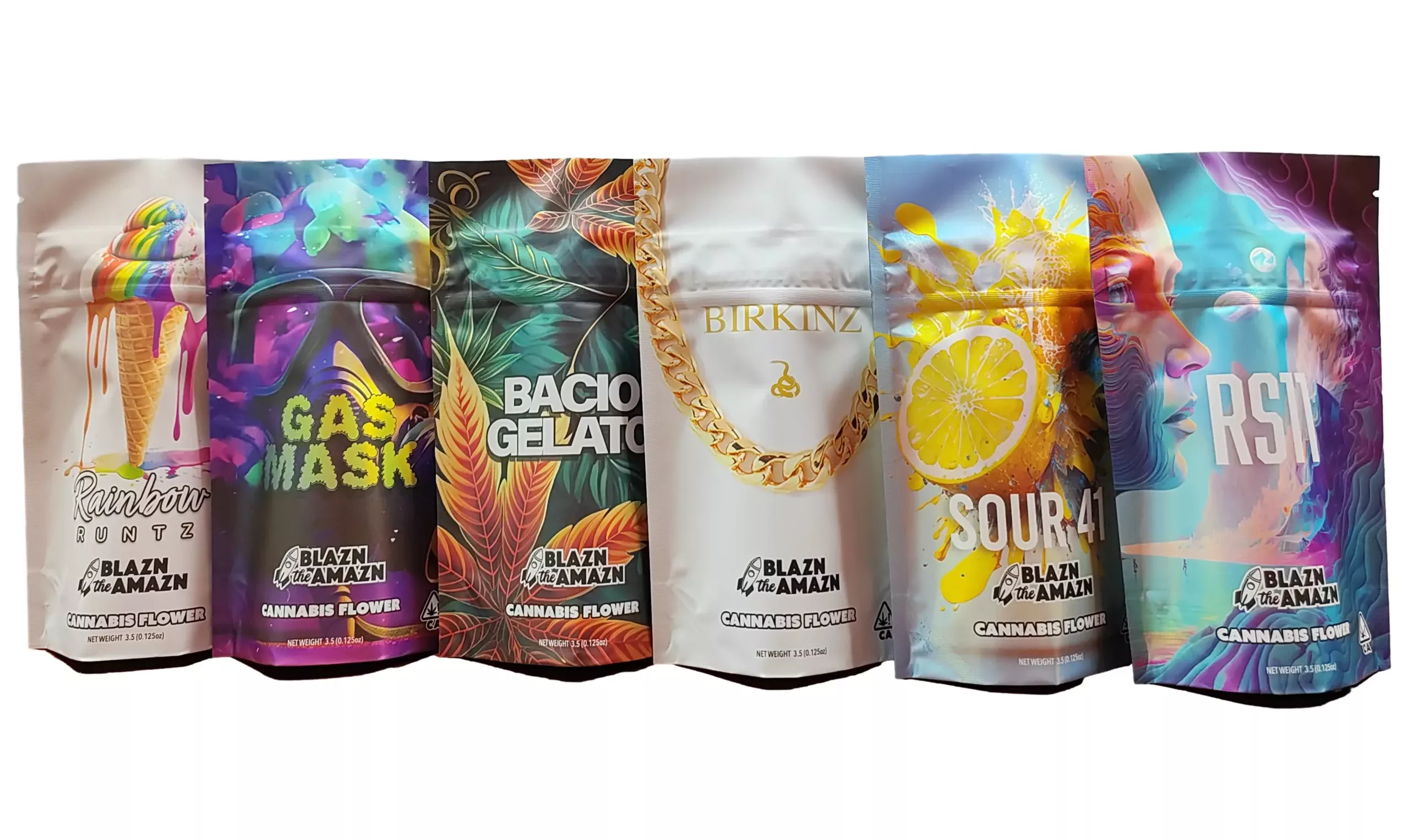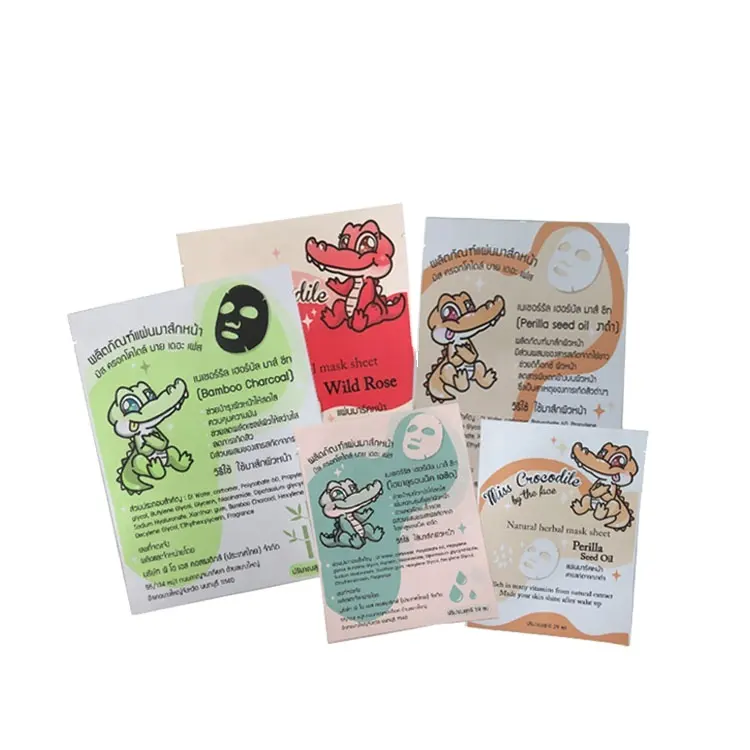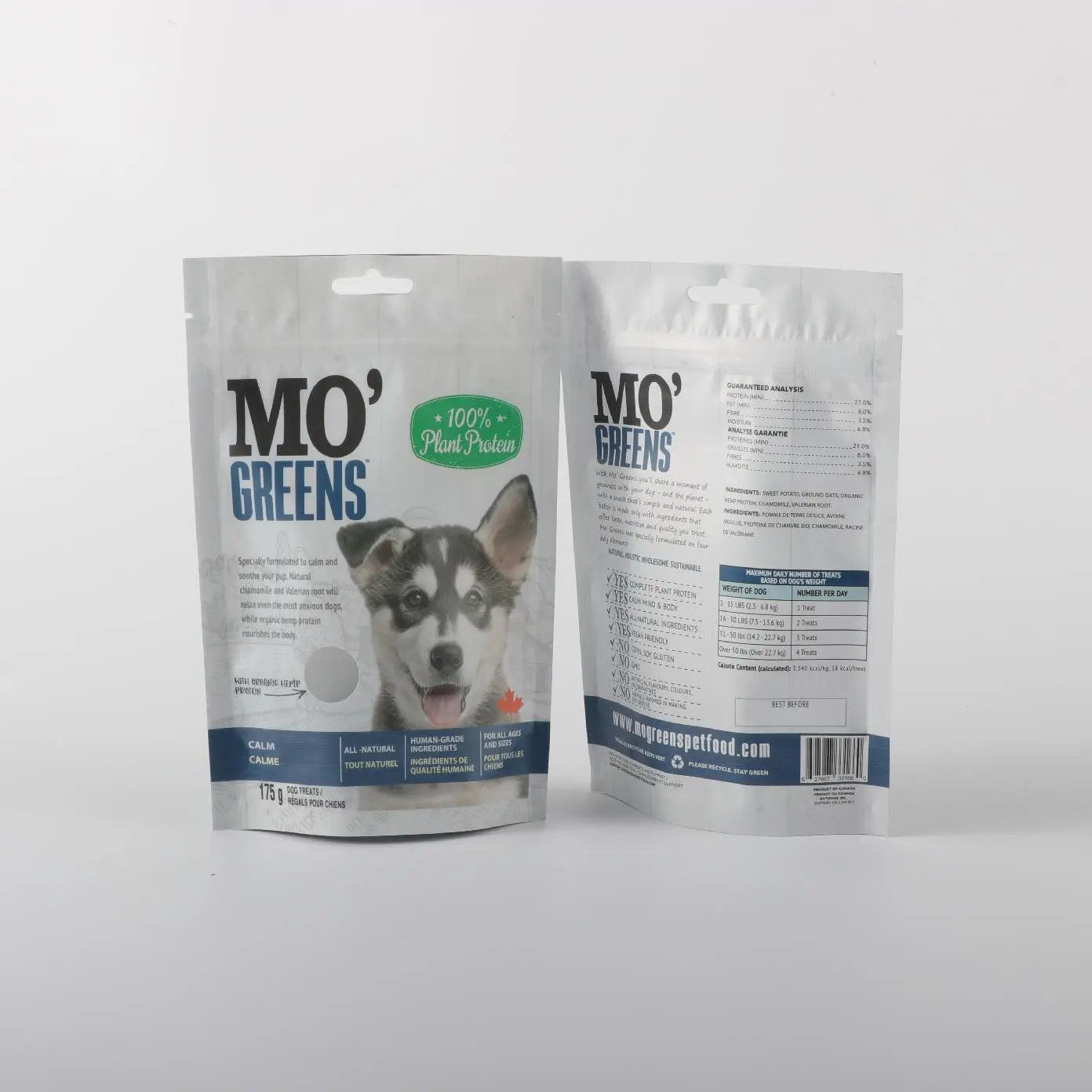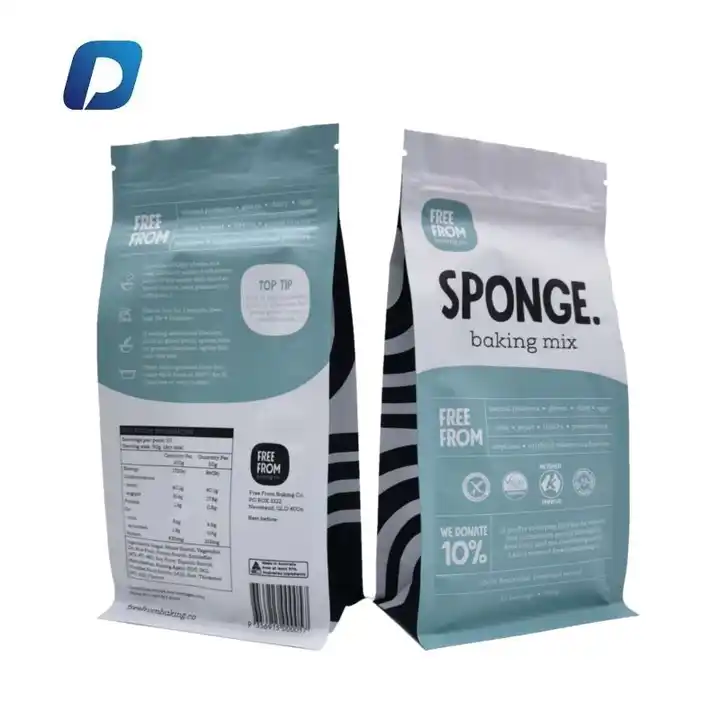In moment’s environmentally conscious world, businesses are under adding pressure to borrow sustainable practices. For the coffee assiduity, coffee packaging plays a significant part in this metamorphosis. still, achieving sustainability without inflating costs can be grueling .
Why Sustainability Matters in Coffee Packaging
Sustainability in coffee packaging is crucial for several reasons:
- Environmental Impact: Traditional packaging accoutrements , similar as plastic and aluminum, contribute to waste and pollution.
- Consumer Demand: A growing number of consumers prefer brands that prioritizeeco-friendly practices. Sustainable packaging enhances brand appeal.
- Regulatory Requirements: Governments worldwide are assessing stricter regulations onnon-recyclable packaging accoutrements , making sustainable packaging a necessity.
Despite these benefits, businesses frequently struggle with the perceived high costs of sustainable results. Let’s explore how to address this challenge.
Strategies for Balancing Cost and Sustainability
- Choose the Right Materials
Selecting cost-effective yet sustainable materials is the cornerstone of balancing these priorities. Some options include:- Biodegradable Plastics: Made from renewable resources like cornstarch, these materials decompose naturally over time. They are often more affordable than fully compostable options.
- Kraft Paper: A popular choice for coffee packaging, kraft paper is recyclable, durable, and relatively inexpensive. It provides a rustic, natural look that appeals to eco-conscious consumers.
- Recyclable Laminates: Combining recyclability with protective properties, these laminates are ideal for maintaining coffee freshness while being environmentally friendly.
- Optimize Packaging Design
The design of your coffee packaging can significantly impact costs and sustainability.- Minimize Material Usage: Reducing the thickness of packaging materials without compromising quality can lower costs and waste.
- Innovative Shapes: Opt for designs that maximize storage efficiency, reducing transportation costs and carbon footprint.
- Single-Material Packaging: Using a single type of material simplifies recycling and often reduces production costs.
- Invest in Bulk Purchasing
Buying sustainable packaging materials in bulk can help offset higher unit costs. Establish relationships with suppliers to negotiate better rates. - Leverage Technology
Advanced technology can make sustainable packaging more affordable.- Digital Printing: This method reduces waste and costs compared to traditional printing techniques. It’s ideal for short runs or customized designs.
- Smart Packaging Systems: Invest in equipment that minimizes material wastage during production.
- Offer Refillable Options
Encourage customers to reuse packaging by offering refillable or returnable coffee bags. This reduces material usage over time and aligns with sustainability goals. - Educate Consumers
Sustainable packaging is only effective if consumers use and dispose of it correctly. Provide clear instructions on recycling or composting, and highlight your brand’s commitment to sustainability. - Partner with Experts
Collaborating with experienced packaging companies like Colorful Packaging can help you find tailored solutions that balance cost and sustainability.

The Role of Branding in Sustainable Coffee Packaging
Effective branding can turn sustainable packaging into a marketing asset, helping offset costs by attracting eco-conscious consumers.
- Eco-Friendly Messaging
Clearly communicate your commitment to sustainability on your packaging. Use phrases like “100% Recyclable,” “Compostable Packaging,” or “Made from Renewable Resources.” - Minimalistic Design
Minimalist designs not only save on printing costs but also resonate with consumers who value simplicity and eco-friendliness. - Custom Features
Incorporate features like resealable zippers or degassing valves to enhance functionality while emphasizing sustainability. - Visual Appeal
Use earthy tones, natural textures, and eco-icons to reflect your brand’s environmental values.
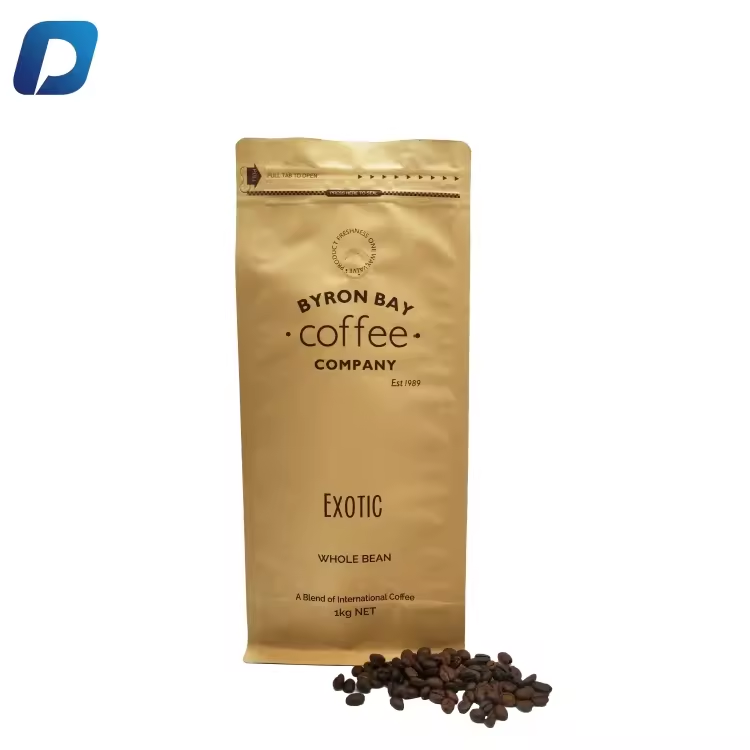
Cost vs. Sustainability: Addressing Common Concerns
- Perceived High Costs
- Reality: While sustainable materials may have higher upfront costs, they often reduce long-term expenses through improved brand loyalty and regulatory compliance.
- Solution: Start with partially sustainable options and gradually transition to fully eco-friendly packaging.
- Barrier Properties
- Concern: Will sustainable materials compromise freshness?
- Solution: Use recyclable laminates or coatings that offer high barrier properties, ensuring coffee stays fresh.
- Consumer Adoption
- Concern: Will consumers accept changes in packaging design?
- Solution: Educate customers on the benefits of sustainable packaging and involve them in your brand’s eco-friendly journey.
Success Stories in Sustainable Coffee Packaging
Many coffee brands have successfully transitioned to sustainable packaging without significant cost increases. For example:
- Brand A replaced traditional plastic bags with kraft paper pouches, cutting costs by 10% through optimized design.
- Brand B adopted recyclable laminates and promoted their eco-friendly practices, resulting in a 20% boost in customer loyalty.
These examples show that balancing cost and sustainability is achievable with the right approach.
How Colorful Packaging Can Help
At Colorful Packaging, we specialize in providing cost-effective and sustainable coffee packaging solutions.
- Customized Materials: We offer a range ofeco-friendly accoutrements acclimatized to your specific requirements.
- Expert Design: Our platoon can help you produce functional and visually charming packaging that minimizes waste.
- Competitive Pricing: We work with businesses of all sizes, icing affordability without compromising quality.
- Global Reach: With over a decade of experience, we serve guests worldwide with dependable and timely delivery.
Balancing cost and sustainability in coffee packaging is n’t only possible but also essential for long- term success. By choosing the right accoutrements , optimizing designs, and using branding, businesses can reduce their environmental impact without immolating profitability.

